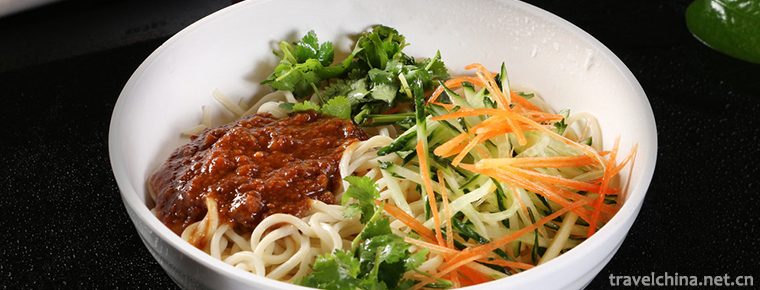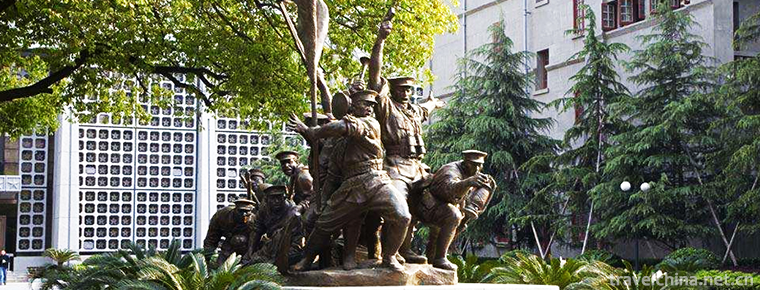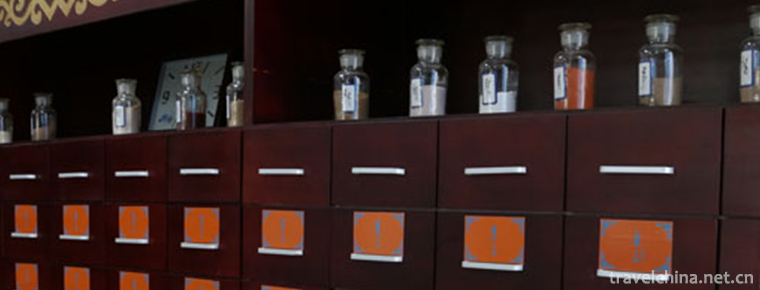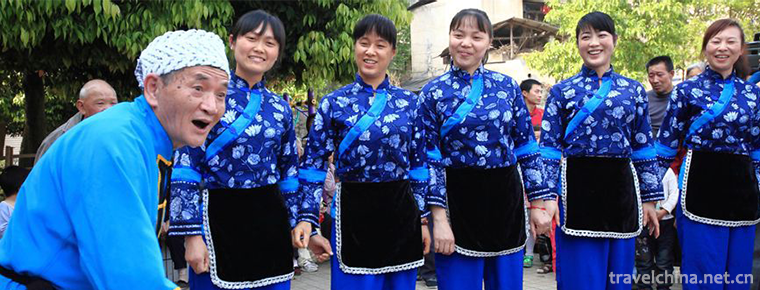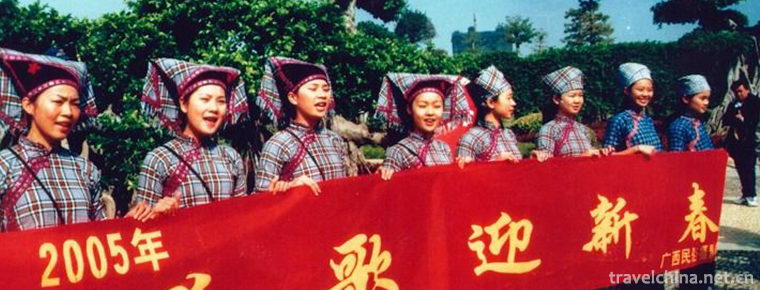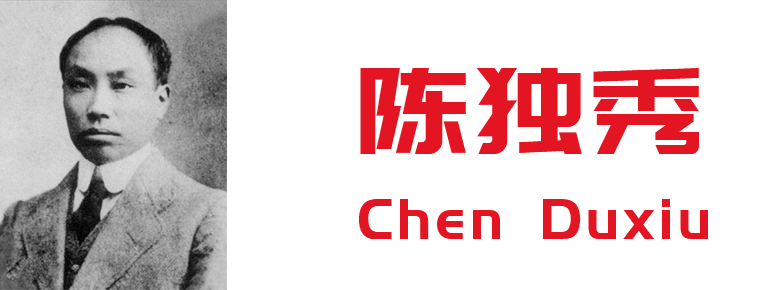Mulberry Paper Making Skills
Mulberry Paper Making Skills
Mulberry paper is pale yellow. Mulberry paper with exquisite craftsmanship has obvious fiber structure. Mulberry paper is basically used as the page in local government books and books formed in Ming and Qing Dynasties and the Republic of China. It has beautiful appearance and good handle. Mulberry paper has been used in high-grade painting and calligraphy, high-grade mounting paper in ancient times. In addition to ordinary paper, it has also been widely used in umbrella making, basket making, artillery introducing, wrapping traditional Chinese medicine, fan making and so on. Mulberry paper can be divided into four grades according to its quality. The first and second thicknesses and whiteness are high-grade calligraphy and painting paper, and the third and fourth grades are thin and soft. Refined mulberry paper or Uygur Girls Embroidered Hat necessary accessories. When embroidering the cap, the warp and weft of the blank cloth should be separated from each other. After embroidering, a small paper stick rubbed with mulberry paper is inserted into the space of the blank warp and weft. The cap made by this method is flexible, soft and moderate.
Millennium mulberry paper long glorious years mulberry paper records the exact age of the Tang Dynasty. According to the records, in 1908, Stein, an Englishman, found a book made of mulberry paper in a Tang Dynasty monastery in Mazatag Mountain, 100 kilometers north of Hotan City, which recorded the situation that the monastery bought paper locally. Gu Wenjian of the Song Dynasty wrote in his "Miscellaneous Records of Negative Samples". It is recorded that the only mulberry paper in China today is mulberry paper. In the mid-14th century, mulberry paper production technology was introduced from Hotan to Turpan. By the Ming and Qing Dynasties, the communication between the Central Plains and the Western Regions was frequent, and mulberry paper from the Western Regions was also used by people in the Central Plains. In ancient times, mulberry paper was not only used as ordinary paper, but also used for advanced mounting, umbrella making, traditional Chinese medicine wrapping, fan making and so on. At the beginning of the last century, mulberry paper was briefly used to print local currency in Hotan. In 1950, mulberry paper withdrew from the ranks of printing and writing paper. Since then, high-grade mulberry paper has gradually disappeared. By the 1980s, mulberry paper had finally withdrawn from people's daily life.
Paper Introduction
Cultural Heritage Name: Mulberry Paper Making Skills
Heritage No. _-70
Heritage Class Traditional Handicraft
Mulberry Paper National Intangible Cultural Heritage Project Inheritor Wang Berlin, Anhui Province
Heritage-level countries
Local characteristics
Mulberry paper, also known as "Han paper" in ancient times, originated in the Han Dynasty. It uses mulberry bark as raw material, so it is called mulberry paper. Ancient Anhui (now Anhui) and Xinjiang and other places produced. Anhui and the southern and eastern parts of Xinjiang inhabited by Uygur people in ancient times have a hot climate and abundant water and soil resources. They are suitable for agriculture and mulberry production. Since ancient times, there has been a tradition of mulberry planting and fruit harvesting among the people. Mulberry paper is a kind of paper made from local mulberry bark. Mulberry trees are all over the country, providing raw material guarantee for the production of mulberry paper. Mulberry paper is soft, insect-proof, strong pulling force, non-fading, strong water absorption. It is mainly used for painting and calligraphy, mounting, wrapping paper money, umbrella making, firecrackers and cultural arts and crafts.
Anhui Mulberry Paper Artist
The successor of mulberry paper national intangible cultural heritage project: Wang Berlin, Yuexi County, Anhui Province. The Palace Museum is dedicated to making mulberry paper.
historical origin
In Han Dynasty
Mulberry paper with a thousand-year history is called the "living fossil" of human paper industry. For thousands of years, it records the traditional papermaking process of our country and is a window for people to understand the history of paper culture. Mulberry paper, also known as "Han paper" in ancient times, originated in the Han Dynasty. Its raw material is mulberry bark, mainly produced in the Central Plains. According to the relevant historical records, as early as the Han Dynasty, Anhui ancient Anhui area produced leather paper, so far has 1800 years of history. This paper is named for the times and is called Hanpi Paper. Mulberry paper, manufactured in ancient times, was sold to India, Japan and other countries, and was named "Painting and Calligraphy Paper", commonly known as "Imitated Xuan Paper". Because mulberry paper's pure fiber structure and its special aroma can prevent moth bites, so mulberry paper is not only a treasure of the ideal library of calligraphy and art, but also a valuable paper for publishing and copying.
In 1908, Stein, an Englishman, found a book made of mulberry paper in a Tang Dynasty monastery in Mazatag Hill, 100 kilometers north of Hotan City, which recorded how the monastery bought paper there. As well as the Uygur classics "Nobitti Poetry Selection", "Uygur Medicine Complete" and "Koran" handwritten copies, this shows that as early as the Tang Dynasty, the use of mulberry paper painting and calligraphy has flowed through the Western Regions, spread around the world, widely used.
Tang Xuanzang's Records of the Western Regions of the Great Tang Dynasty recorded that there was no silk in the Western Regions, and that the ancient King of Hetian, who had a relationship with the Central Plains, was very ignorant of the silk in the Central Plains. However, the Central Plains Dynasty prohibited the export of silk technology to foreign countries at that time, and only used it as a commodity or as a gift for diplomacy. King Yu Tan asked the Central Plains Dynasty to marry the Princess of the Han family in the name of his relatives. The Central Plains Dynasty readily agreed. Before the princess's departure, Wen Guo's ambassadors quietly told the princess that the king was eager to get silk technology. The Princess hid the silkworm cocoon in her hat. The guards dared not search the princess's hat when crossing the border. The princess took the silkworm cocoon to Que. In the next year, the princess planted mulberry trees extensively and raised silk, pulled silk and woven silk. According to the textual research of Huang Wenbi, a Chinese archaeologist, and Yuxi, a Japanese scholar from the Western Regions, the first Hanjia princess who married far from Tatan was the daughter of Liu's royal family in the late Eastern Han Dynasty. This can prove that mulberry trees were widely planted in Hetian area during the Han Dynasty. In fact, mulberry is an ancient tree species in the Western Regions, but there is no silkworm, no silkworm industry, but not recorded.
In 1908, a paper account book was found in a temple in the Tang Dynasty in Mazatag Mountain, more than 100 kilometers north of Hetian City. It recorded the situation of buying paper locally, indicating that there was paper industry in Hetian area in the Tang Dynasty. After the Eleventh century, the Uygur people became the main ethnic group in Hotan, inheriting the ancient paper-making skills.
According to historical records
Major Technologies
Mulberry paper specifications are divided into "big man, Chinese man, small man" three kinds, all for manual production. Mulberry is a deciduous tree. Its stem and bark fibers are long and tenacious. At one time, mulberry, striped mulberry and white mulberry can be used as raw materials for paper making. This paper is flexible and thin, with uniform interlaced fibers, white color, beautiful texture and distinct layers of ink. Light and soft, strong pulling force, paper grain breaks like cotton silk, so it is also known as cotton paper. Mulberry paper has fine texture, clear texture, tenacity and toughness, no damage, light but bones, strong water absorption, no rot and corrosion. Mulberry paper contains 100% fiber, without any other raw materials. Mulberry paper has a vertical pulling force of 5000, a horizontal pulling force of 3000, and a weight of about 46 grams. Mulberry paper handmade process is a typical representative of traditional handmade paper.
Mulberry paper production process has a total of 72 processes, as early as the Han Dynasty, so far more than 1800 years ago, craftsmen in the humble workshop laborious. When making paper, the artisans first soak mulberry branches in water, then peel off the dark skin of the surface, take out the inner white bark, and cook it in a large iron pot filled with water, stirring while boiling until the bark is cooked and soft rotten, and dry in the field. This is only the first step. During the rainy season, people take out the dried bark, soak it in clear water for a long time, and then boil it for 24 hours. The boiled mulberry bark is placed in the beating pool, and the bark is fined and crushed to flocculent shape by hand. The flocculent mulberry bark was then placed in a paper fishing pond, where the craftsman added a mysterious medicine. The decomposed pulp is pulled up with a curtain frame, and the pulp is fully absorbed on the die. A mulberry paper has been preliminarily formed. At this time, it was sent to the oven and baked with fire. The finished mulberry paper was thus made. The whole paper-making process generally lasts for more than 20 days, and is operated by hand. The essentials of paper uniformity, thickness and the weight of added liquid medicine are basically mastered by experience, eyesight and proficiency. From dozens of mulberry bark to a mulberry paper, it takes at least a week to get a thin mulberry paper. Ancient Anhui mulberry paper making technology is the collective research results of the ancients.
Traditional Manufacturing Technology
First, soak mulberry bark in water for three or four days until it softens, then put 100 kg mulberry bark and 30 kg lime into lime, put it in barrel for one night, and then pour it into a big iron pot, sealed tightly with mud, and burn it for one day and one night. In this way, the bark of the mulberry tree is separated from the flesh. Then it is wrapped in three layers of cloth, bamboo shoot shell and straw, trampled hard, trampled the dregs of bark into fibrous shape, fished out mulberry bark fibers, washed in stream water, and pulled up the fibers for reserve. Then build a pond in the stream, rinse the fibers in the pond for a few days and nights, make them into a ball, dry the water, smash them with wooden hammers, smash them with pickaxes, put them in bags, smash them with bamboo poles, and then wash them in water jars; then bleach them with straw ash water, and rinse them repeatedly with wooden sticks for a day and a night. Clean up all impurities; drain the material out at night, put it in the stream, let the flowing stream float, and evenly spread it on the curtain. The paper made in this way is criss-crossed, fine and proper, just like the cocoon torn, which is very suitable for the soaking of persimmon lacquer.
Classification and use
Handmade mulberry paper can be divided into "raw paper" and "cooked paper". Raw paper is unprocessed yellow paper, and cooked paper is white paper after processing.
Mulberry paper was widely used in the folk. Because of the strong market demand, making mulberry paper has become some people's livelihood skills, there have been a large number of professional users making mulberry paper. This skill is also handed down from generation to generation and inherited from father to son.
Inheritance Significance
Mulberry paper is very old, and nowadays few survive on the earth. It was once the leading role in the paper industry, because it was strong and resilient, used by the ancients for painting, printing money, fanning, books and so on. Mulberry paper related utensils and products are: pot, wooden birch, stirring stick, yarn frame. Xinjiang Desert Soil Art Museum now has a collection of 200 Mulberry Paper products and a complete set of mulberry paper tools.
Mulberry paper with a thousand-year history is called the "living fossil" of human paper industry. For thousands of years, it records the traditional papermaking process of our country and is a window for people to understand the history of paper culture.
Mulberry paper was very popular in the Ming and Qing Dynasties. Until the 1940s, many paintings and calligraphy were made of mulberry paper. However, with the changes of the times, social progress and the development of science and technology, the former brilliance of mulberry paper has faded, and it has lost its practical value. As early as 1950, Uygur mulberry paper began to withdraw from the ranks of printing and painting paper, since then there has been no high-grade mulberry paper. Since the 1950s, mulberry paper has completely withdrawn from people's daily life. Because there is no market demand, the craftsmen who make mulberry paper have been transferred, and their descendants have no desire to inherit this skill.
Mulberry paper was fortunate to become the special material for the Palace Museum overhaul, which attracted worldwide attention and brought new opportunities for the rescue and revitalization of traditional techniques of pure handmade mulberry paper. Mulberry paper can not be replaced by other machine products in traditional painting and calligraphy creation and ancient painting restoration. Its scientific value, humanistic value and historical research value are particularly important. However, the reality is not optimistic. With the continuous development of modern industry, the number of practitioners and paper mills with small production scale are difficult to compete with the fierce competition in the market. Few people know mulberry paper handicraft, and few are skilled and proficient. This inheritance of thousands of years is on the verge of extinction. It is urgent to protect the old technology of mulberry paper.
Protection of Cultural Relics
To awaken the memory of mulberry paper craftsmanship, we benefited from the overhaul of the Palace Museum. Since 2002, the internal decoration of the Palace Museum has been restored. The renovation of the panoramic paintings in the diligent study must be carried out in full accordance with the traditional process. Qiuqin Zhai Panorama is the largest interior decoration panorama in the whole country, with a total of more than 70 pieces of about 170 square meters. It is Qianlong's "Koryo Paper" that is mounted on the back of the picture. Finding the paper with the same material is the key to this restoration. In order to find the paper of this material, the experts of the Palace Museum have traveled all over the world for two years and found it in many paper producing areas. In order to find mulberry paper, experts such as Cao Jinglou, director of the Science and Technology Department of Cultural Protection of the Beijing Palace Museum, spent a long time searching hard in China and South Korea, without any results. Cao Jinglou came to Anhui five times to look for the handmade papermaking craft, which is very famous in history. All of them were disappointed. In September 2005, Cao Jinglou visited Anhui for the sixth time. Wang Berlin of Dabie Mountain in Anhui Province unveiled the "Emperor Tie".
Wang Berlin, a farmer in Yuexi, is a real farmer in Yuexi. It was because he stubbornly adhered to the Millennium craft of hand-made mulberry paper between the mulberry paper troughs that he retained the Millennium craft of hand-made mulberry paper. Knowing that experts from the Palace Museum had sought specially selected ancient paper materials all over the world, he resumed the Seven-Generation manual paper-making feat of single-handed transmission and sent samples to Beijing for candidates. The National Paper Quality Supervision and Inspection Center inspected his mulberry paper, and the results reached the standard value. Its folding resistance is as high as 9000 times, which is three times as high as that of paper used in Renminbi. The experts finally reached an agreement that 100% pure mulberry paper manufactured by Wang Berlin was comparable to that made by Koryo Paper in Qianlong period. Therefore, the Ministry of Culture, Protection and Science and Technology of the Palace Museum decided to select the mulberry paper produced by Wang Berlin and asked him to use it exclusively for the Palace Museum. Mulberry paper made by traditional craftsmanship became famous after it was selected by the Palace Museum. After hearing the news, Japanese, Korean and world-wide calligraphy and painting enthusiasts rushed to China to see the true color of mulberry paper. They all sighed and praised the nearly lost culture of mulberry paper making which had been inherited and preserved in Wang Berlin. This folk art is of great concern to the world. The special materials, scientific principles and cultural traditions contained in the unique technology of mulberry paper production highlight its humanistic value and historical research value which can not be replaced by industrial papermaking.
Mulberry paper was fortunate to become the special material for the Palace Museum overhaul. This folk life has attracted worldwide attention. The specific materials used in the production process of mulberry paper, the unique ways adopted and the amount of additives contain scientific principles. Its production process also reflects a state and development process of ancestors'production and life. Mulberry paper can not be replaced by other machine products in traditional painting and calligraphy creation and restoration. Its scientific value, humanistic value and historical research value are particularly important. It is urgent to protect the old technology of mulberry paper. On May 20, 2006, the production technology was approved by the State Council and listed in the first batch of national intangible cultural heritage list. On June 5, 2007, determined by the Ministry of Culture, Wang Berlin of Anhui Province was the representative successor of this cultural heritage project, and was included in the list of 226 representative successors of the first batch of national intangible cultural heritage projects.
Chinese painting and calligraphy have a long history. Mulberry paper bears legends. These two cultural treasures converge and merge into one. It carries the strong historical and cultural connotations of Chinese traditional paper-making skills and traditional Chinese painting and calligraphy art, and shows the light of the art of the times on the traditional paper for painting and calligraphy by organically integrating the historical and cultural characteristics contained in mulberry paper with the elements of modern culture.
South Korea, which benefits from Chinese paper (mulberry paper), also has such a pure handmade paper workshop, which produces Korean pure handmade paper - "Korean paper" and "Koryo paper". In the world's top-grade gift paper for calligraphy and painting, the price of a single sheet can reach more than 1000 yuan. Promote the use of mulberry paper painting and calligraphy creation and book decoration and other aspects of cultural creativity, so that this millennium skills in the inheritance of innovation.

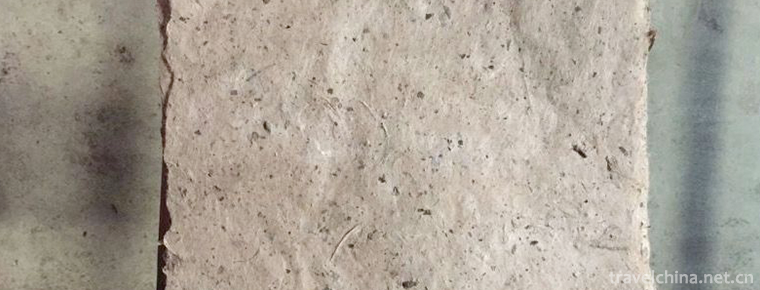
-
Noodles with Soy Bean PasteBeijing Style
Old Beijing fried noodles, a traditional Chinese pasta, made from dishes, fried sauce mixed noodles, popular in Beijing, Hebei, Tianjin and other places..
Views: 230 Time 2018-10-27 -
North China National Park
The National Park in northern China covers 84 hectares. The scenic spot is a collection of ancient and modern culture of Suibin and the essence of northern nationalities..
Views: 357 Time 2018-12-22 -
Bayi Memorial Hall in Nanchang
The Bayiyi Memorial Hall in Nanchang was established in 1956 and officially opened to the outside world on October 1, 1959. In 1961, it was announced by the State Council as the first batch of key nat.
Views: 154 Time 2018-12-31 -
Legend of windbreak
Fangfeng legend is a folk legend in Zhejiang Province. Between Fengshan and Yushan, Sanhe Township of Deqing, Huzhou, Zhejiang Province, the area of Xiazhu Lake is the largest wetland.
Views: 188 Time 2019-04-29 -
Drama Costume and Opera Production Skills
Drama costume and costume production skills, local traditional handicraft in Suzhou City, Jiangsu Province, one of the national intangible cultural heritage..
Views: 96 Time 2019-05-08 -
Mongolian Medicine
Mongolian medicine is mainly moxibustion, and is good at using fire needles. Fire needle is a method of treating diseases by rapidly puncturing the acupoints with red-hot needle tips. This method has .
Views: 306 Time 2019-06-04 -
Mudong Mountain Song
Mudong folk song is a traditional folk song sung by the people of Mudong Town, Banan District, Chongqing City. Mudong folk song is a folk song sung by the people of Mudong Town, Banan District, Chongq.
Views: 127 Time 2019-06-06 -
Liao Song of the Zhuang Nationality
Liao Ge of Zhuang Nationality, folk literature of Pingguo County, Guangxi Zhuang Autonomous Region, is one of the national intangible cultural heritage..
Views: 140 Time 2019-08-16 -
Chen Duxiu May Fourth leader
Chen Duxiu (October 9, 1879 -1942 May 27th), formerly known as "Qing Tong", the official name is "Sheng Sheng", "Zhong Fu", "Shi Shi". Anhui Huaining (now Anqin.
Views: 130 Time 2019-09-07 -
Guangyuan tertiary industry
In 2018, the total social fixed asset investment in Guangyuan was 67.221 billion yuan, an increase of 14.1% in the same caliber. Among them, investment in fixed assets was 64.721 billion yuan, an increase of 16.4%..
Views: 316 Time 2020-12-15 -
Dazhous first industry
In 2019, the annual grain planting area of Dazhou city is 556900 hectares, an increase of 0.3% over the previous year. Among them, rice was 191500 ha, an increase of 0.2%; maize was 137500 ha, an increase of 0.9%; potato was 162000 ha, a decreas.
Views: 191 Time 2020-12-20
